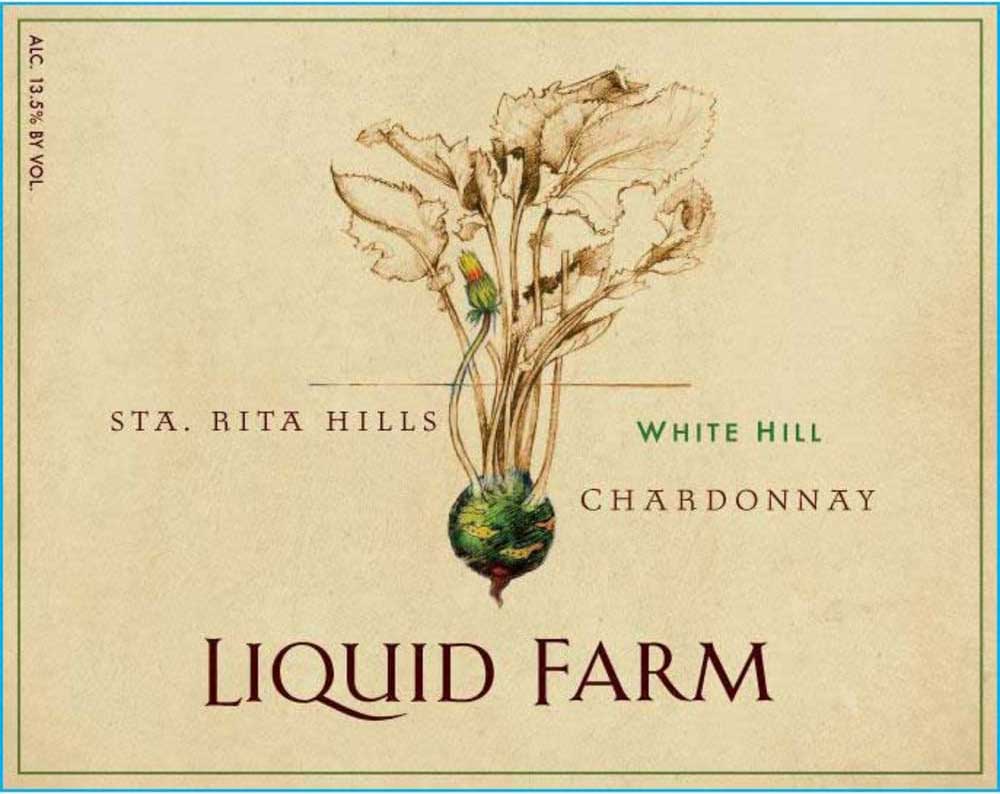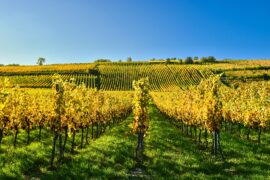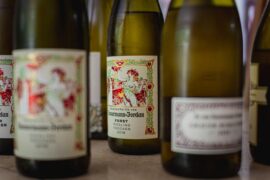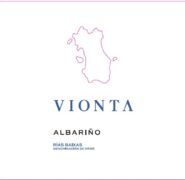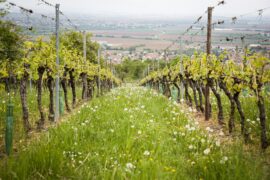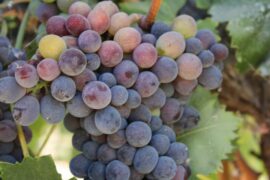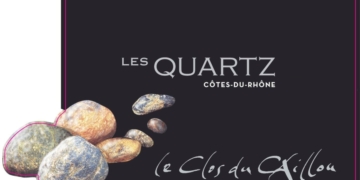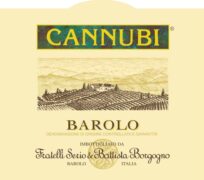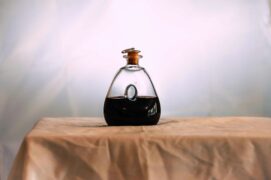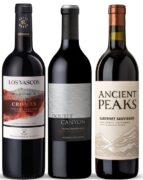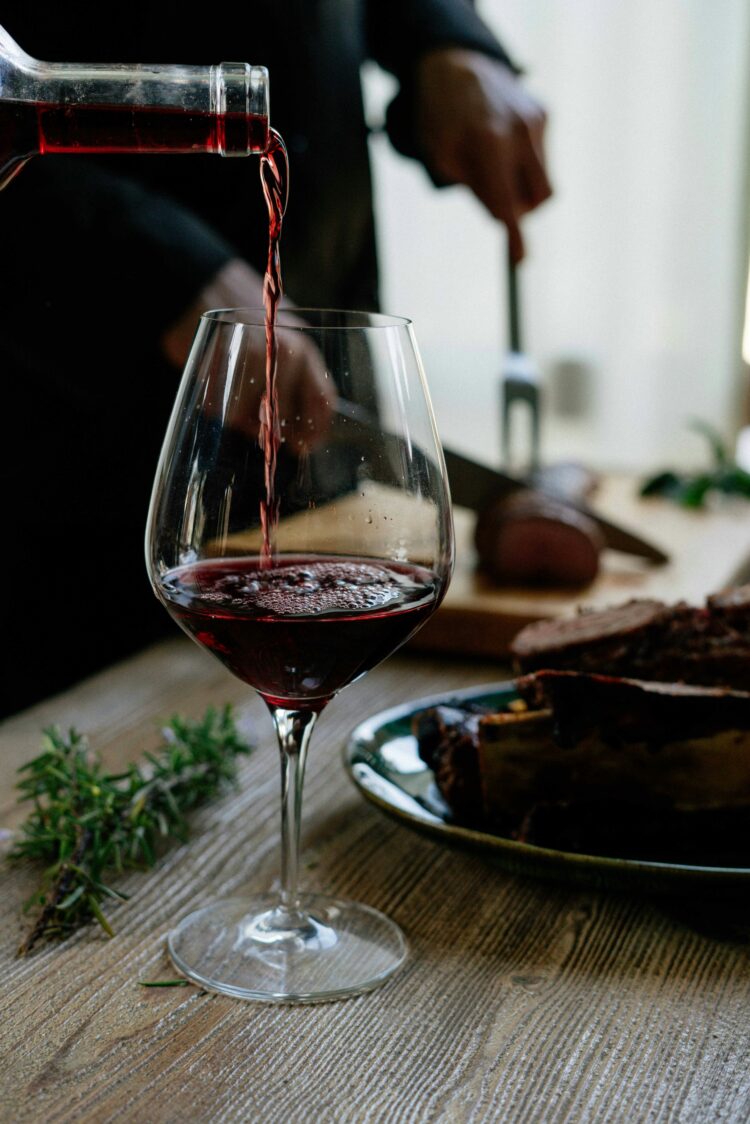Wine is an alcoholic beverage made from the fermented juice of grapes. While other fruits like apples, plums, and cranberries can also be used to make wine, if the label simply says “wine,” it’s made from grapes. Notably, wine grapes are different from the ones you might eat as a snack—they are smaller, sweeter, and have seeds.
How Does Wine Differ from Beer?
The primary distinction between wine and beer lies in their ingredients: wine is made from fruit, primarily grapes, while beer is brewed from fermented grains. Although some exceptions blur the lines between these beverages, the key difference remains the source of fermentation.
Understanding Wine Grapes
Wine grapes differ from table grapes; they are smaller, sweeter, and contain more seeds. Most wines come from a single species called *Vitis vinifera*, which originated in the Caucasus region. Within this species, there are thousands of varieties, with Cabernet Sauvignon being one of the most common.
What Does “Vintage” Mean?
Wine grapes ripen over an entire growing season, so wine is typically produced once a year. This is where the term “vintage” comes from—’vint’ refers to winemaking, and ‘age’ to the year of production. The vintage year on a wine label indicates when the grapes were harvested. In the Northern Hemisphere, this occurs between August and September, while in the Southern Hemisphere, it happens between February and April.
Non-Vintage (NV) Wine
Sometimes, you’ll encounter wine without a vintage year on the label. This usually indicates a blend of multiple vintages. In Champagne, for example, such wines are labeled “NV” for Non-Vintage.
Single-Varietal Wine
A single-varietal wine is primarily made from one type of grape, and it’s usually labeled with that grape’s name. For instance, a Riesling wine is made mostly from Riesling grapes. The percentage of a particular grape required for a wine to be labeled as a single-varietal varies by country:
– 75%: USA*, Chile, South Africa, Australia, Greece
– 80%: Argentina
– 85%: Italy, France, Germany, Austria, Portugal, Spain, New Zealand
(*Oregon requires 90%.)
Wine Blends
A wine blend combines multiple grape varieties. This traditional winemaking practice is still prevalent, especially in classic wine regions. Typically, wines are blended after fermentation and aging, but when grapes are fermented together, it’s known as a “field blend.” Port wine is a famous example of this method.
The Taste of Wine
Wine’s unique flavor is shaped by several factors: acidity, sweetness, alcohol content, tannin, and aromatic compounds produced during fermentation.
– Wine has a naturally acidic taste, ranging from 2.5 (like lemon) to 4.5 (like yogurt) on the pH scale.
– Wine sweetness varies, with “dry” wines having little to no sugar, while others can be as sweet as syrup.
– Alcohol contributes a spicy, warming sensation to wine, with most wines containing 10-15% alcohol by volume (ABV). Some, like Moscato d’Asti, are as low as 5.5%, while fortified wines like Port can reach 20% ABV.
– Tannins, found in red wines, give them an astringent quality, similar to the taste of strong black tea.
– The complexities of wine flavor come from a combination of phenols, esters, higher alcohols, and acids. Different grape varieties and aging processes contribute to the diverse aromas and flavors in wine, from fruity and floral to nutty and oaky.
Wine may seem simple, but its flavors and aromas reveal deeper complexities the more you explore it. Whether you’re a novice or an expert, wine offers something for everyone to enjoy. In short, wine is good!



